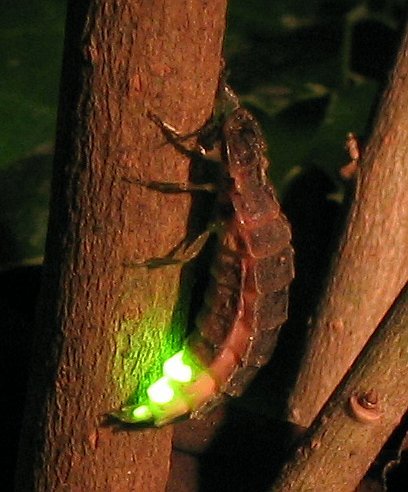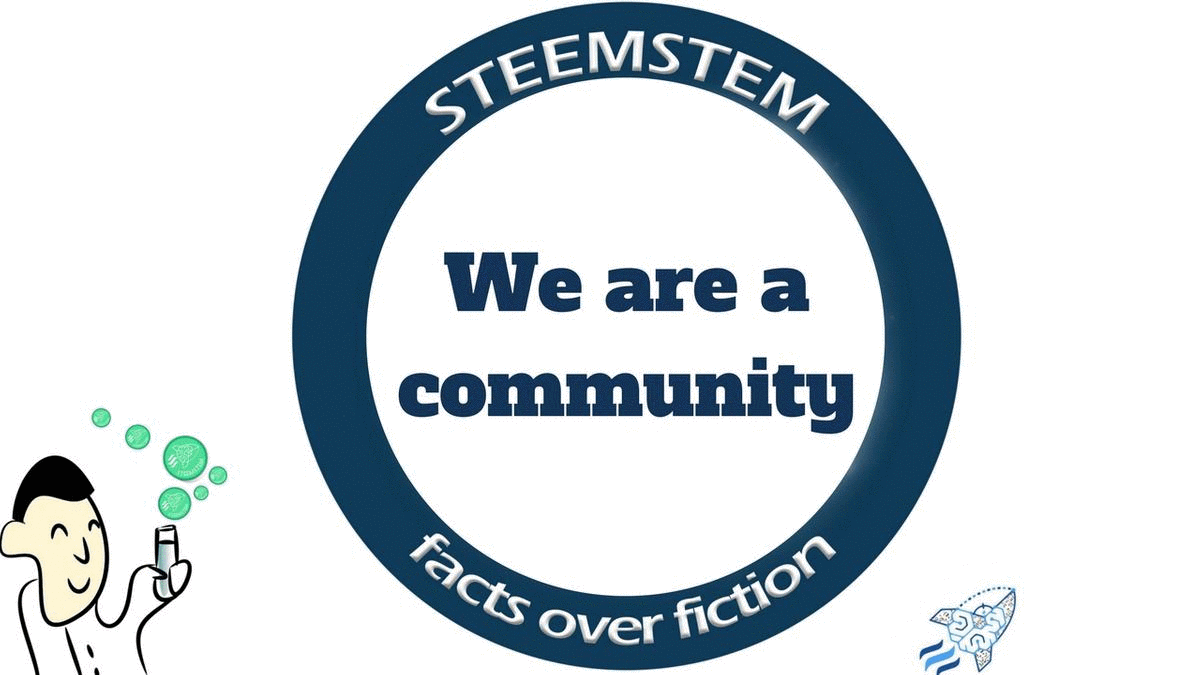Bioluminescence, Fireworks in Nature
Sitting in a park at night trying to reflect on life I couldn't help but notice the beauty of illumination that came from over a hundred fireflies sitting on the grass and just shinning their light, not that I haven't seen them before but this was different as it looked like I was seeing fireworks on the ground. I took a transparent plastic water bottle, made a few holes in it, caught some of the fireflies and put them in the bottle. Every time I shook the bottle they would light up and it would glow, simply beautiful. I wish I made a video or took pictures at that moment but it was a personal time and I didn't have my phone with me.
What is Bioluminescence
This production of light by living organisms such as fireflies is known as bioluminescence. Although 80% of light producing organisms are found in the world's oceans there exists terrestrial organisms also capable of bioluminescence such as fireflies and the Glowworm etc. Most times, humans experience bioluminescence in seascapes triggered by external or physical disturbances such as a boat hull or wave which make the organisms present in the water to give off light. Sometimes animals light up when they are attacked by predators or to attract mates. Bioluminescence might be the most common method of communication on earth as the oceans are vast containing a wide number of bioluminescent organisms.
How is it Produced
There are two ways in which living organisms produce light, it could be autogenic, i.e when the light is produced by the organism itself or bacteriogenic, i.e when the light is produced by symbiotic organisms like bacteria.
On a general scale, light energy is produced by living organisms as end products of chemical reactions involving luciferin(a molecule which reacts with oxygen to give off light) and oxygen. In some organisms, an enzyme known as luciferase(a catalyst which speeds the rate of reaction) is also produced to speed up the reaction. There exist different types of luciferin which depends on the organism in which the chemical reaction takes place and they are differentiated by including the group or species of the organism, for instance, those found in Fireflies are known as Firefly luciferin.


In animals, bioluminescence is controlled by the need of the animal at a particular time. These animals regulate their brain processes and chemistry based on the situation, whether to repel an attack, attract a mate or distract prey.
Some Bioluminescent Organisms

Many aquatic organisms are capable of bioluminescence: jellyfishes, worms, fishes, algae, bacteria, planktons. Light production is not so common among terrestrial organisms but the glowworm and Firefly are examples of such. The anglerfish is an example organism which produces bacteriogenic bioluminescent. It possesses an appendage known as esca which contains light-producing bacteria that produce lasting glows which the fish can control.
Why is Light Energy from Bioluminescence Special
Unlike light produced using electricity, light energy from bioluminescence does not give off or produce any heat. It is dubbed "cold light", which implies that very little energy is lost in the process of bioluminescence in form of heat. Before safety lamps, miners used dried fish skin and bottles containing fireflies as weak sources of light in coal mines so as to prevent possible explosions if candles or other heat producing light sources where used. Above all, the process of production is eco-friendly as opposed to the production of electric energy required to power our conventional light sources.
Possibilities in Bioluminescence Technology
Scientist and Engineers are working hard on artificial bioluminescence as they believe it could replace the way in which our streets are lit, toxins in water are identified, battle cancer and for decorative lighting.
Street Lighting
The replacement of energy consuming street lights and road signs with bioluminescent plants and bacteria is one thing scientist hope to achieve through bioluminescence. Eco-friendly light sources on our streets, billboards and road signs would be a massive step in the fight against global warming but as of yet, there is still a long way to go. In November 2010, researches were able to create a glowing tobacco plant by transplanting genes from a bioluminescent bacteria into its chloroplasts which got it to faintly glow. A big challenge for the use of plants as lighting source would be the ability to ratchet up its brightness. So that said, we will not be having our street lights replaced anytime soon.
Agriculture
Just imagine a scenario where plants lit up to tell farmers that they need water or even nutrients, a situation where plants could simply glow red to signal the presence of diseases or infection in their system, imagine a world of smart crops.
I know this already sounds amazing to your but this idea has hit stumbling blocks from the word go. There are stringent laws as regards genetically modified foods and while this could also be a hindrance to the use of plants for lighting, it is much more a hindrance for consumables. In 2000, Anthony Trewavas who was a biologist at Cambridge created a potato whose glow could be seen under a black light if the plant was dehydrated. His aim was to help farmers know the exact time to irrigate so as to help them boost yields. He is a strong believer that someday, the idea will see fruition.
Medical Applications
According to radiology professor Gary Luker, "bioluminescence gives the ability to repetitively interrogate an animal". Using the help of firefly genes, Gary was able to study the behaviour of herpes in mouses. Bioluminescence has a strong advantage in the area of cell tracking, whether immune cells or cancer cells as pointed out by Luker. There are many possible medical applications of bioluminescence such as lighting up nerves to prevent cutting them in the curse of surgeries or tumours to ensure there are completely removed.
Conclusion
Although there is still a long road for both the study and application of bioluminescence, I believe its an aspect of technology that has the potential to change our lives just like artificial intelligence, blockchain technology and nanotechnology. Thanks for reading.
References
wikipedia.org
popularmechanics.com
ocean.si.edu
T. Wilson, and J. W. Hastings, Bioluminescence:
Living Lights, Lights for Living, Harvard University
Press, 2013.

UPVOTE! https://steemit.com/news/@bible.com/6h36cq
UPVOTE! https://steemit.com/news/@bible.com/6h36cq
Hello! I find your post valuable for the wafrica community! Thanks for the great post! @wafrica is now following you! ALWAYs follow @wafrica and use the wafrica tag!
Hi @davidekpin!
Your post was upvoted by utopian.io in cooperation with steemstem - supporting knowledge, innovation and technological advancement on the Steem Blockchain.
Contribute to Open Source with utopian.io
Learn how to contribute on our website and join the new open source economy.
Want to chat? Join the Utopian Community on Discord https://discord.gg/h52nFrV